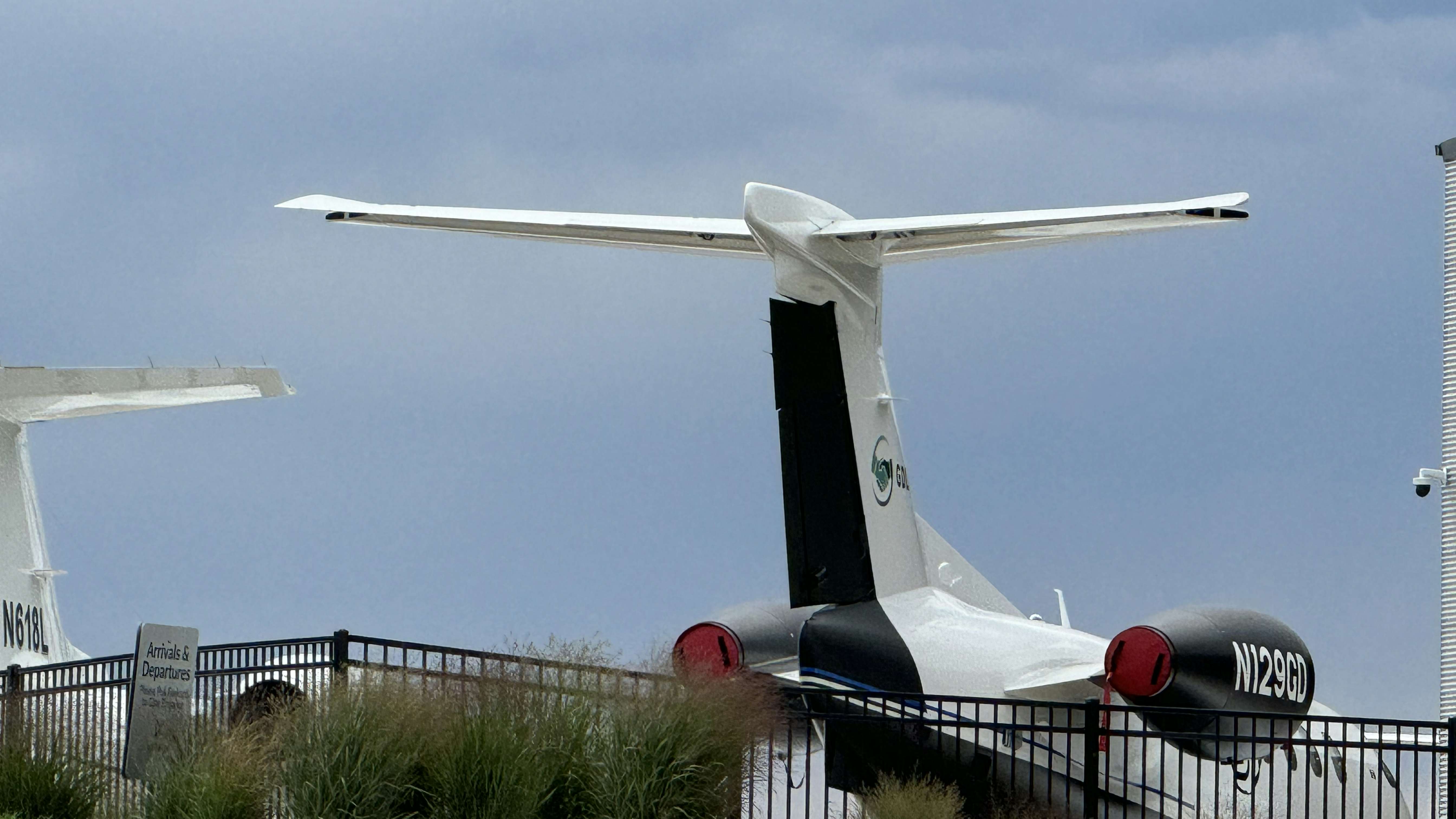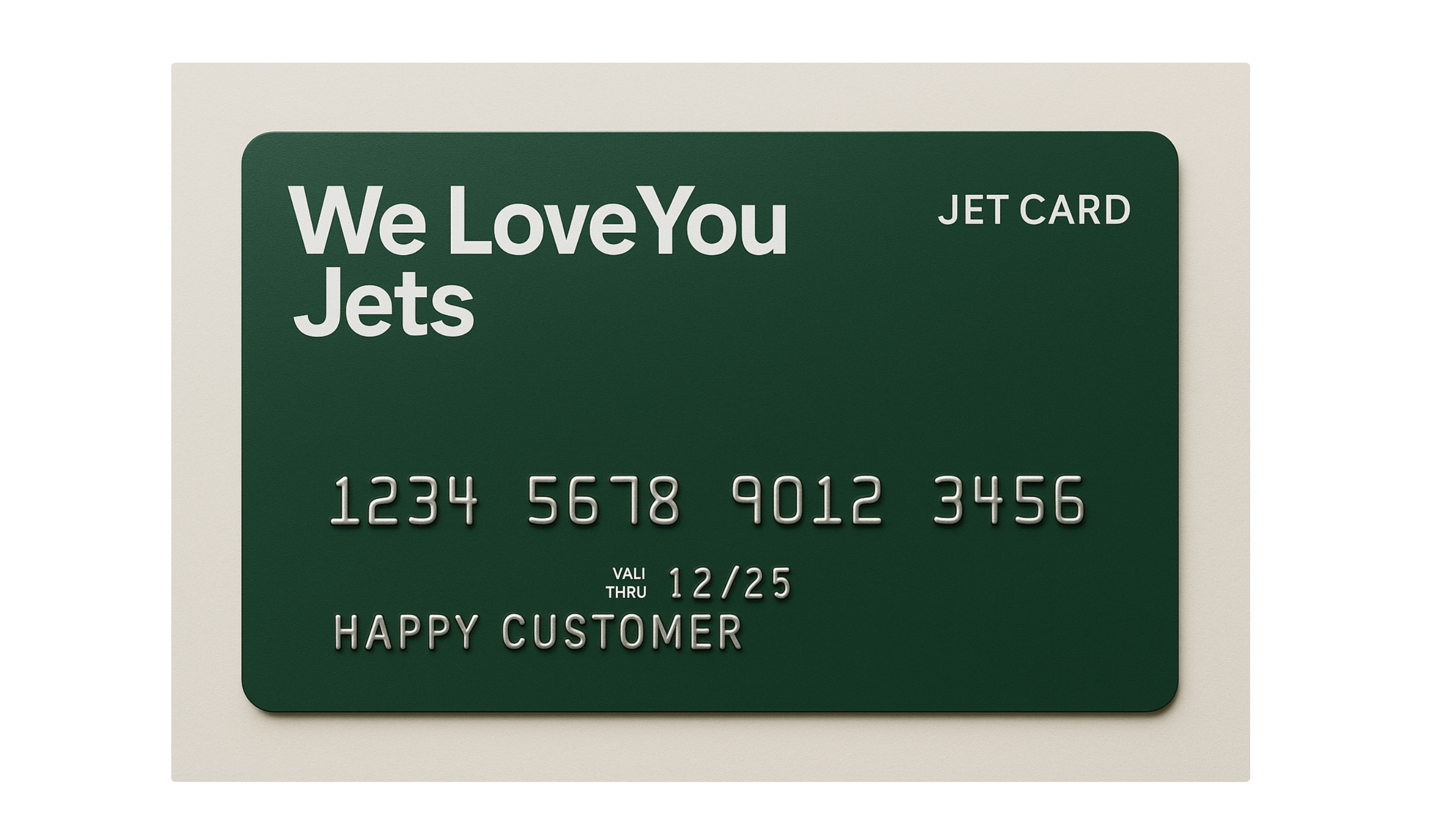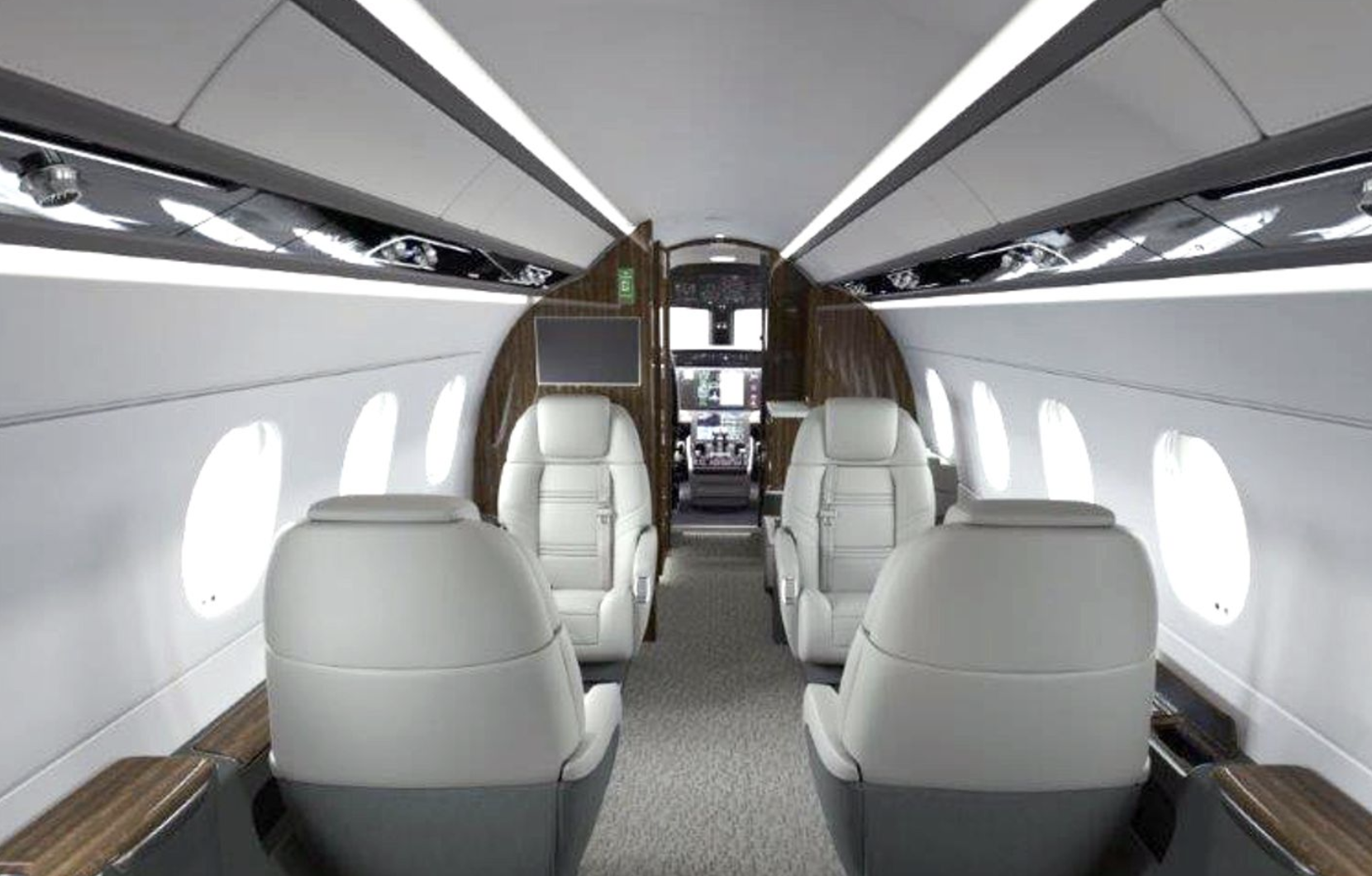Should you buy a private jet? In this year’s Jet Card Report by Private Jet Card Comparisons, we took comments from those of you who currently own or have owned private jets and had artificial intelligence analyze what you said. We also ran a breakout of what supplemental solutions you used and how many of you also use the airlines.
First, 9.4% of the 594 respondents to our annual survey tell us they currently own private aircraft.
Another 3.7% use private jets from a company where they work but aren’t the owner.
The owners were down slightly – from 10.2% in 2023 but up from 6.6% in 2022.
Those who fly on company-owned private jets were up from 2.5% a year ago, down from 3.2% in 2022.
The year-to-year changes were within the margin of error.
I vividly recall private jet broker Jay Mesinger saying you do well when you buy a private aircraft if it suits 80% of your missions.
That’s backed up by those of you who identified yourselves as owners.
51.0% also use jet cards, 39.2% use ad hoc charters, and 15.7% have fractional shares or leases.
With that background, here is the AI analysis of your comments.
The comments related to private jet ownership in the document provide a range of insights into the experiences, challenges, and perceptions of owning a private jet.
The Positives
Flexibility and Convenience
– Several users expressed that owning a private jet provided them with unparalleled flexibility and convenience compared to fractional ownership or jet card programs. The ability to fly whenever and wherever they want, without the limitations imposed by other private aviation services, was a major advantage for jet owners.
– Some respondents who own jets mentioned that private ownership allows them to bypass scheduling issues and limitations of availability that they encountered with jet
card or fractional programs.
Control Over the Experience
– Owning a private jet gives users greater control over their travel experience. For example, they don’t have to rely on third parties to manage aircraft availability, and they can ensure the jet is equipped and maintained to their exact specifications. This is particularly important for customers who frequently travel and prioritize personalized service and consistency.
Long-Term Investment
For some, purchasing a private jet was seen as a long-term investment that allowed them to avoid the price fluctuations and availability issues common with other private aviation programs. One user mentioned preferring the additional cost of ownership to the “whims of price increases and availability” that they experienced with jet cards.
Another benefit mentioned by jet owners is the ability to retain higher value over the asset, as opposed to fractional programs, where high usage decreases the value.
The Negatives
High Costs of Ownership
Many users cited the high costs associated with owning a private jet, including maintenance, crew, fuel, insurance, and storage.
One customer mentioned they sold their jet during Covid-19 because they were flying significantly less and could no longer justify the ongoing ownership costs.
Cost is a significant barrier to private jet ownership, with some respondents indicating that while they would love to own a jet, the expense is not feasible given their flying needs or financial situation.
For these individuals, fractional ownership or jet card programs offer a more affordable alternative while still providing access to private aviation.
Switching to Other Options
Several comments came from users who previously owned jets but have since sold them due to changes in their lifestyle or flying habits.
For example, one respondent mentioned retiring and selling their CJ3, as they now only fly about 50 hours a year compared to 200 hours previously.
These users often switched to fractional ownership or jet card programs as a more cost-effective solution for their reduced flying needs.
For those who no longer need the flexibility of owning a private jet, these alternative options were seen as a good compromise that still allowed for private travel without the heavy financial burden.
Maintenance and Operational Costs
Several users highlighted the challenges of maintaining a private jet, from managing repairs to ensuring the jet is compliant with safety regulations.
The operational complexities and high costs of maintenance, especially for individuals who aren’t using the jet frequently, can make ownership difficult to justify.
One respondent mentioned that after owning a jet, they faced constant issues related to maintenance and logistics, which led them to reconsider whether full ownership was worth the effort compared to other more flexible options like chartering or jet cards.
Fractional vs. Full Private Jet Ownership
Some users compared fractional ownership to full jet ownership, indicating that fractional programs provided many of the same benefits without the hassle and cost of owning and managing the aircraft.
Several respondents preferred fractional ownership or jet cards because they offered flexibility without the long-term commitment and financial overhead of owning a jet.
Users who switched from ownership to a fractional lease or jet card program appreciated the cost savings and reduced stress of managing the aircraft.
This shift reflects a broader trend among some customers who prefer the benefits of private aviation without the responsibility and expense that come with ownership.
Insights and Themes
Cost is a Major Consideration
The cost of private jet ownership is a significant concern for many users.
While ownership offers flexibility and control, the high costs of maintenance, storage, crew, and fuel make it impractical for those who don’t fly frequently.
Many users opt for fractional ownership or jet card programs as a more affordable way to enjoy private aviation without the financial burden.
Selling Jets to Downsize Flying Needs
Several users who previously owned jets chose to sell them when their flying needs decreased, particularly after retirement or lifestyle changes.
These users often transition to fractional ownership or jet cards, which offer greater flexibility and lower financial commitments while still providing access to private jets.
Control and Convenience
Those who own jets appreciate the control and convenience that ownership provides, especially when compared to jet cards or fractional programs, where availability can sometimes be limited.
For frequent travelers or those with specific travel needs, owning a jet offers unmatched flexibility.
Operational Complexities
The complexities of maintaining a private jet, including ensuring compliance with safety standards, managing repairs, and dealing with crew logistics, are challenges that discourage some from owning jets.
These issues make fractional ownership and jet card programs attractive to those who want private jet access without the associated headaches.
Summary
Private jet ownership offers a high level of control, flexibility, and convenience for those who can afford it, but the high costs of ownership—especially maintenance, crew, and operational expenses—make it impractical for many customers.
Several users who previously owned jets have sold them as their flying needs decreased, switching to fractional ownership or jet cards for more affordable access to private aviation.
Cost and operational complexities are key factors driving these decisions, with many users opting for alternative private aviation options that still provide convenience without the heavy financial and logistical burden of full ownership.












